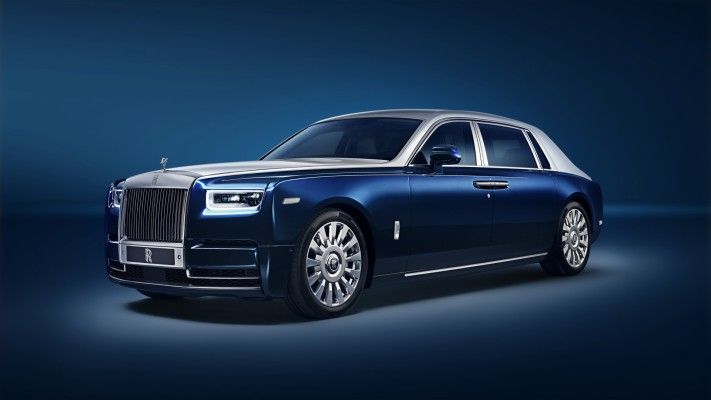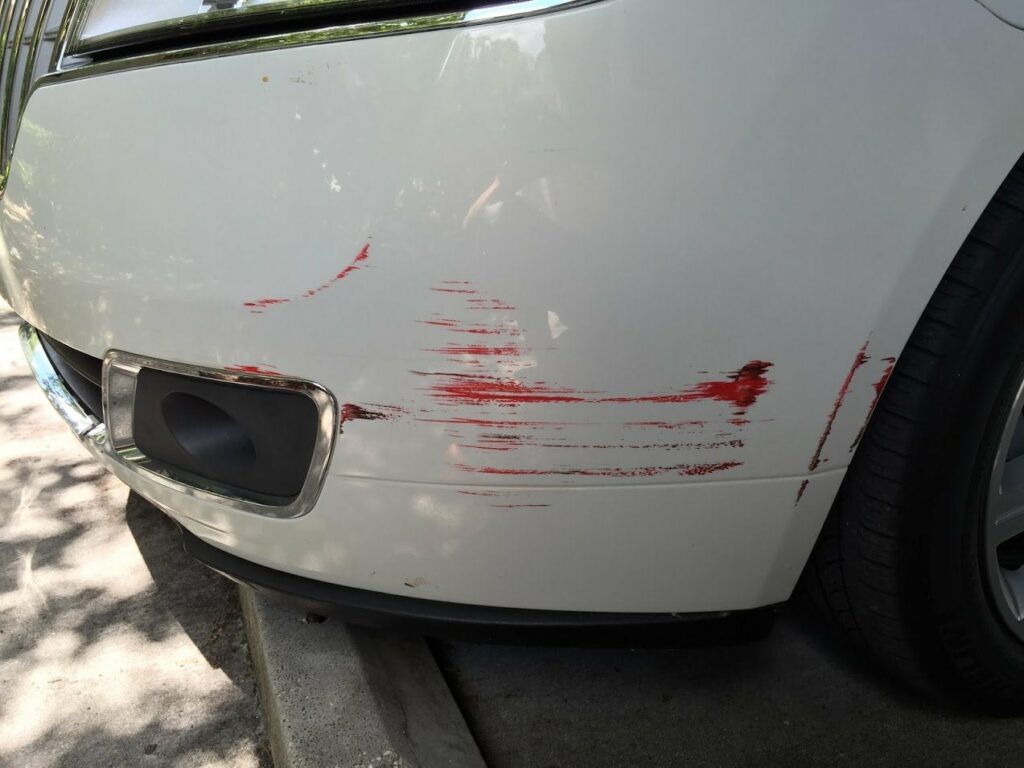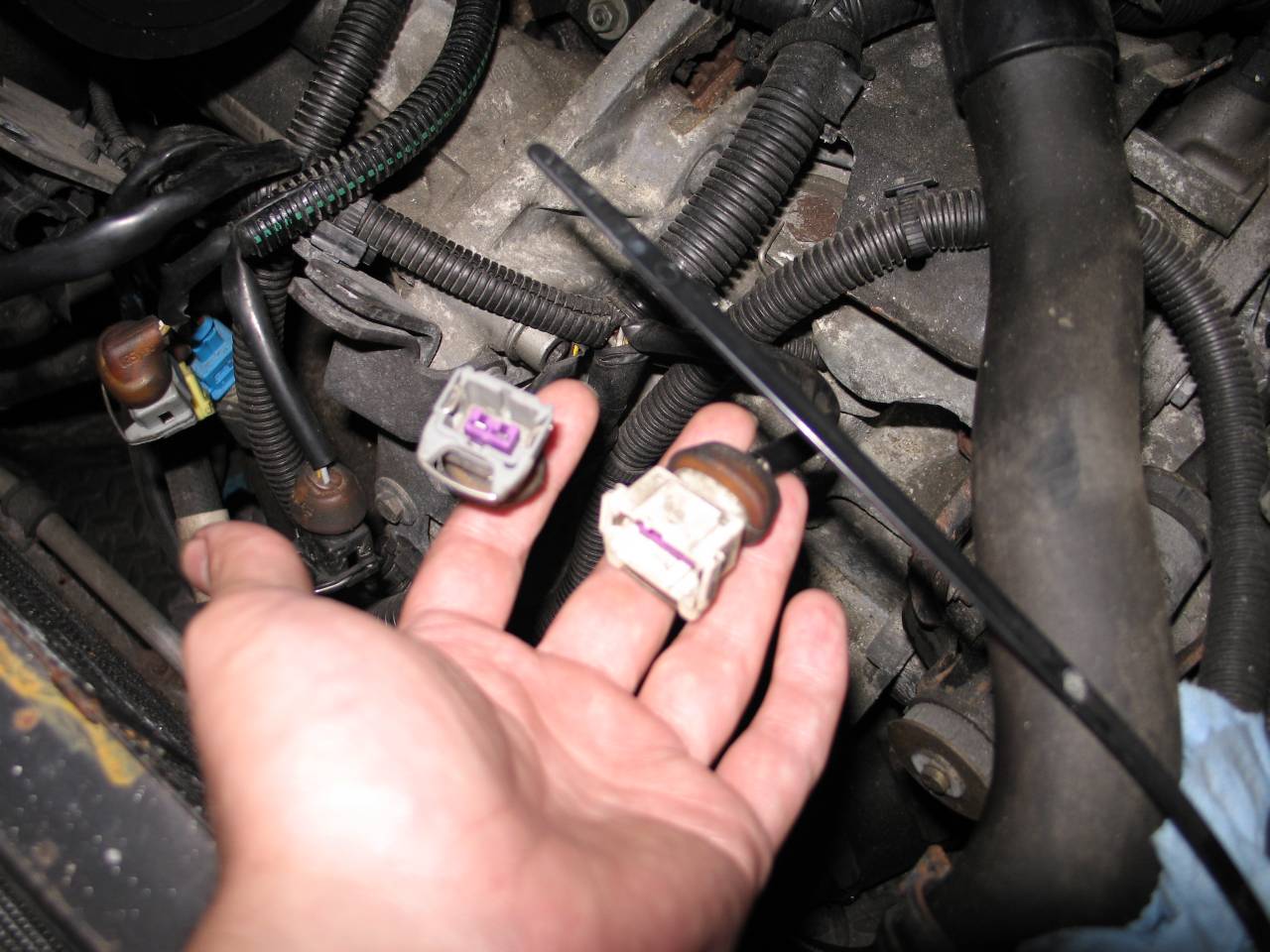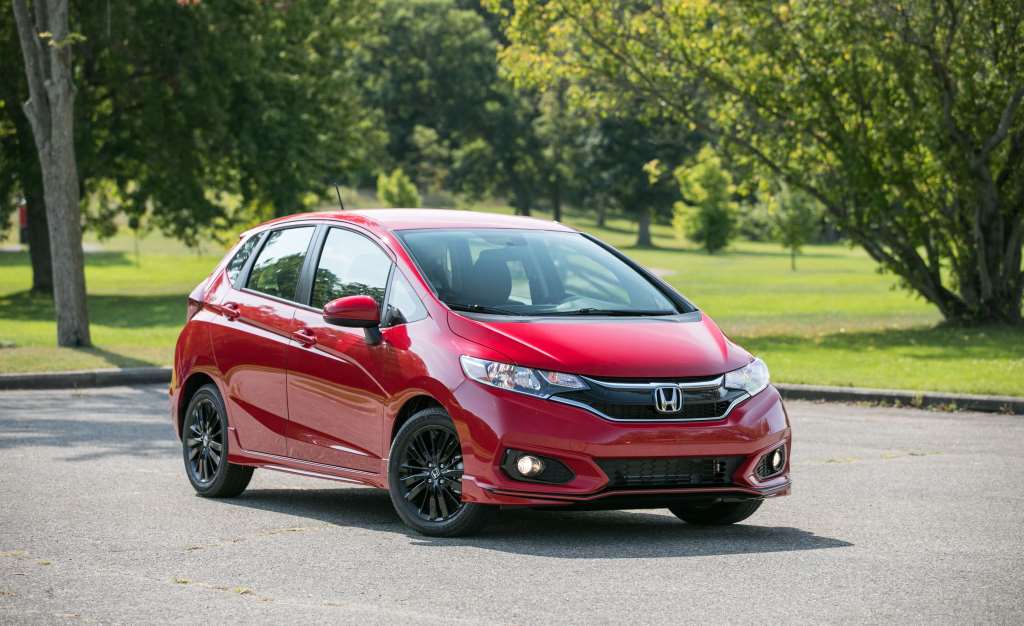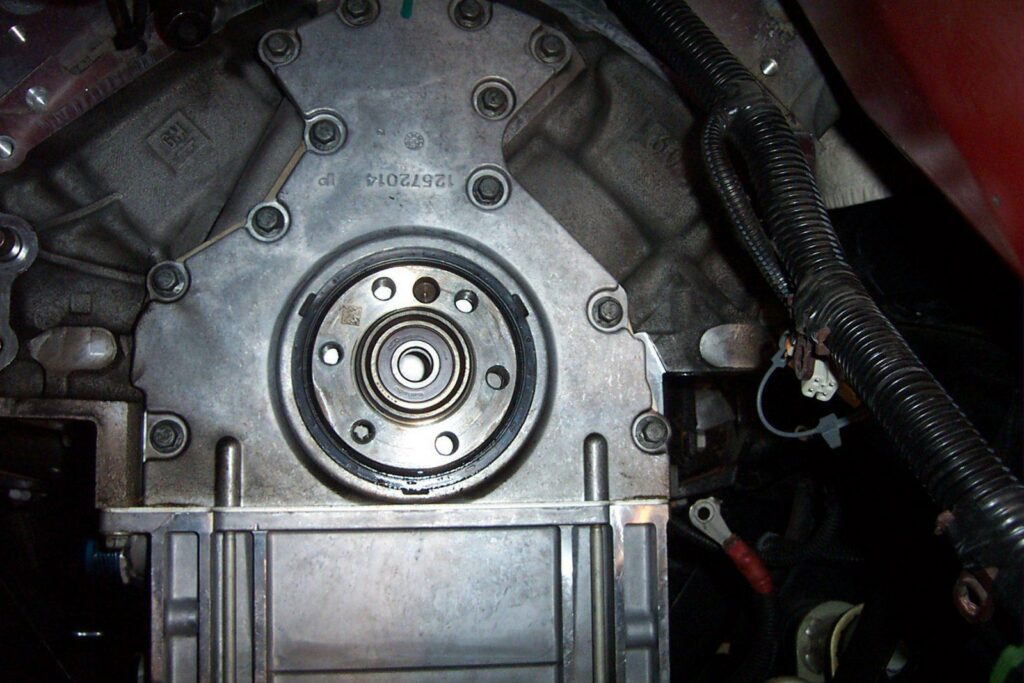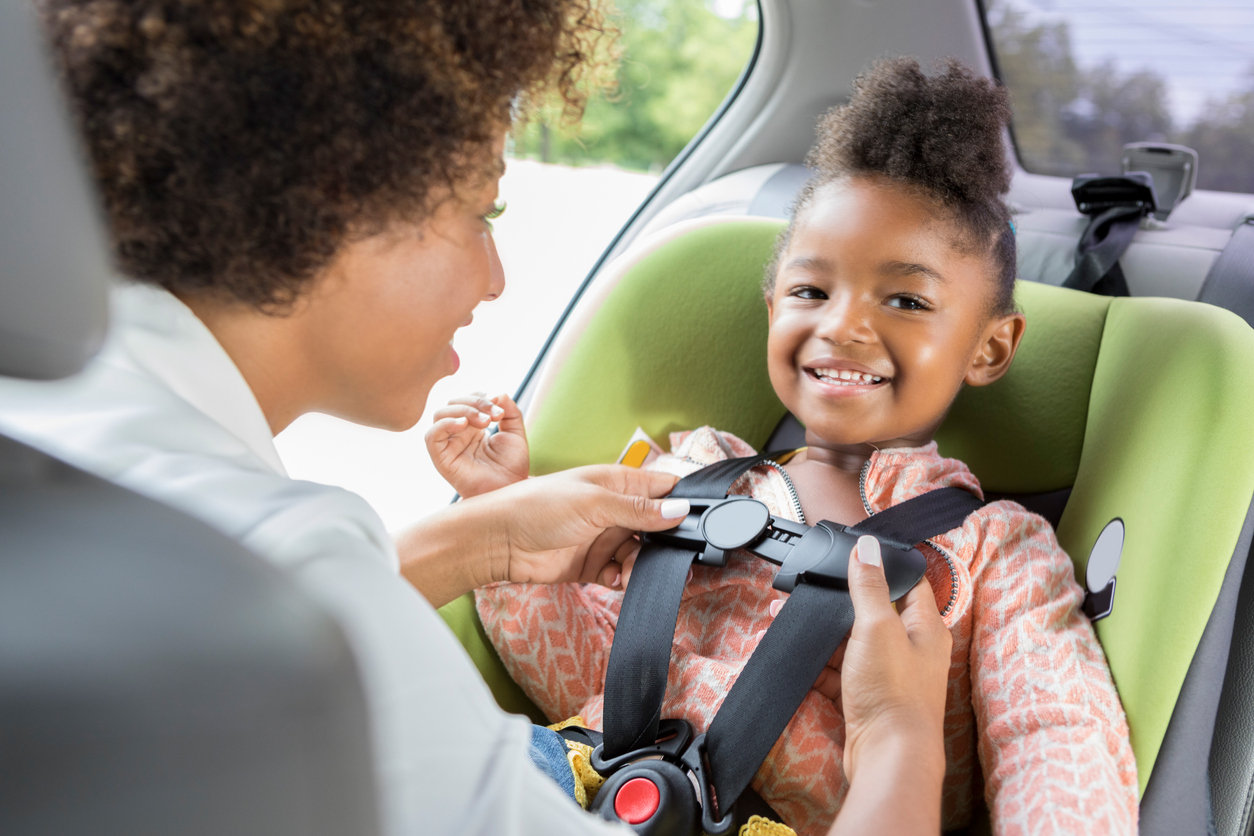
1. Maximum safety!
Many parents are keen to move their child up to the next stage car seat as soon as they are ‘big’ enough, not realising that it is a big step down in child car seat safety!
The children in the pictures all fit in the next stage car seat, but they are much safer staying in the lower stage car seat. The first child is safer being rear facing as opposed to forward facing and the second, older child is safer in a harnessed car seat then a booster with the adult seat belt.


Keep your child in the lower stage car seat until fully outgrown by weight or height. The chart shows when each group is outgrown:
2. Escape artists!
It is extremely frustrating when your child learns that they can slip their arms out of the harness and it is also very dangerous!
There are a number of thing’s that you can do to stop your child escaping from the harness:
3. Harness height
The correct height of the harness can be confusing!
- If a seat is REAR FACING the harness should be level with or just BELOW the child’s shoulders.
- If a seat is FORWARD FACING the harness should be level with or just ABOVE the child’s shoulders
4. Harness tension
Lots of parents travel with their children’s car seat harness too loose, and it can be tricky to get right. Harnesses should be tight enough on the child that you can just get 2 fingers between the child and the harness – with your fingers lying flat against the child’s collar bone. When you take the little one out of the seat, loosen the harness off before you unclip the buckle – that way, when your little one next goes in the seat you can just pull the harness tensioner and get the perfect fit!
5. Car seat clothing
Children should travel lightly dressed when in the car, what they would be wearing if they were playing indoors. Certainly take them to the car wrapped up! But once you put the child in their seat all puffy and thick jackets should be removed. You can keep your child warm with a blanket. Babies should also be lightly dressed then a blanket wrapped tightly around them once the harness is secured and tensioned.
6. Wobbly seats!
A very common mistake is the seat belt not being pulled tight enough when the child seat is fitted. The child restraint should not wobble or move more than 1 inch. If you have pulled the belt as tight as possible and the seat still moves about, it is possible it is not fitted correctly or compatible with your vehicle.
7. Getting the right fit!
Child seats have blue guides if they may be used rear facing, and red guides if they may be used forward facing. Make absolutely sure the seat belt passes through the correct guides – it doesn’t necessarily go through every guide!
8. Using the back on a booster
Booster seats should be used with the back support in place as long as possible – head rests on a majority of high back boosters will raise up to accommodate your growing child.
9. Buckle crunch:
The plastic casing of the seat belt buckle should not sit on or over the frame of the child seat, if it does, it may not hold in an impact
10. Most important child car seat safety tip!
Not every seat fits every car! Whether seat belt or ISOFIX, it is essential to ensure your vehicle and child’s car seat are compatible and that the seat fits correctly. If a seat is not fitted correctly it will not be able to protect your child properly in an impact.









